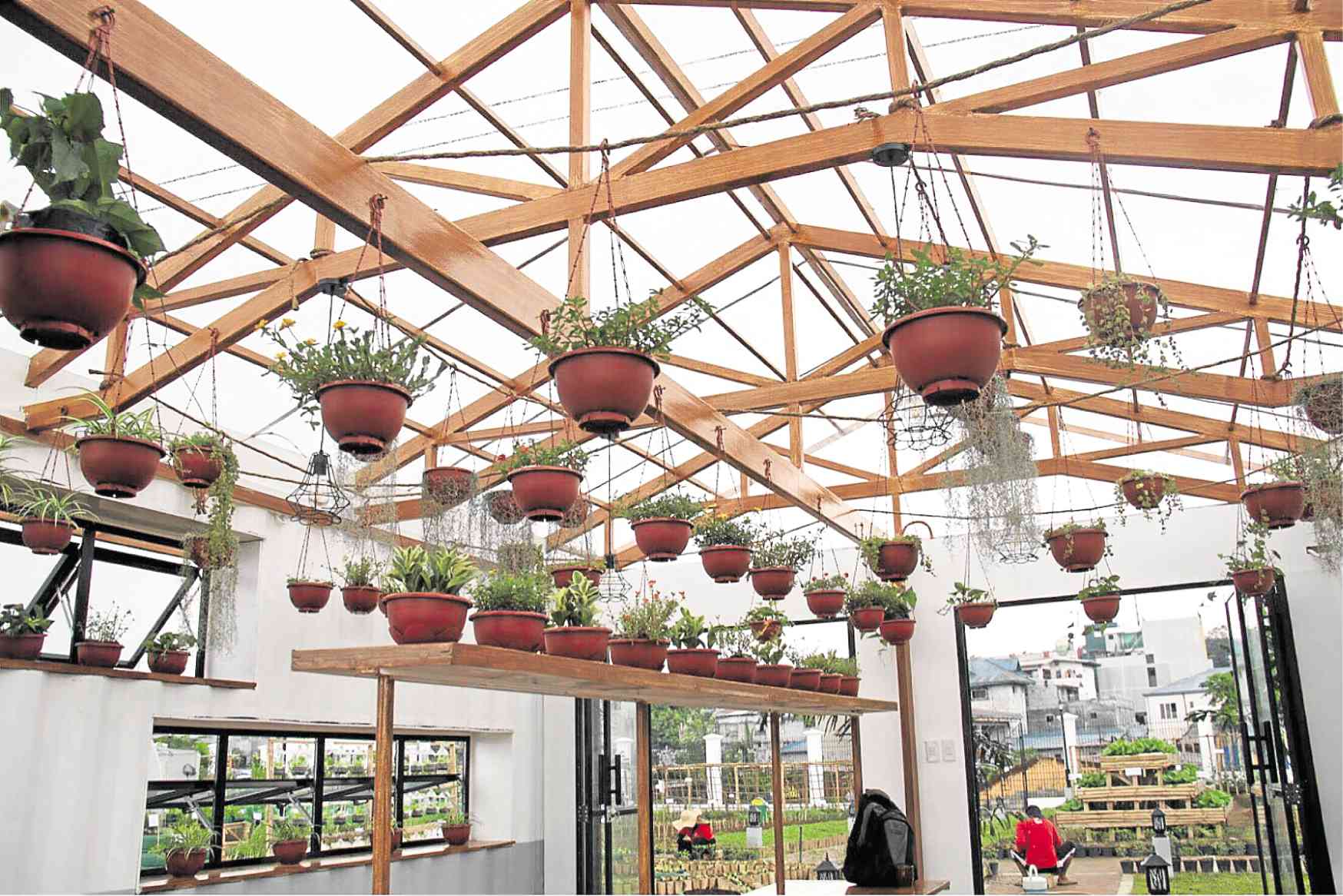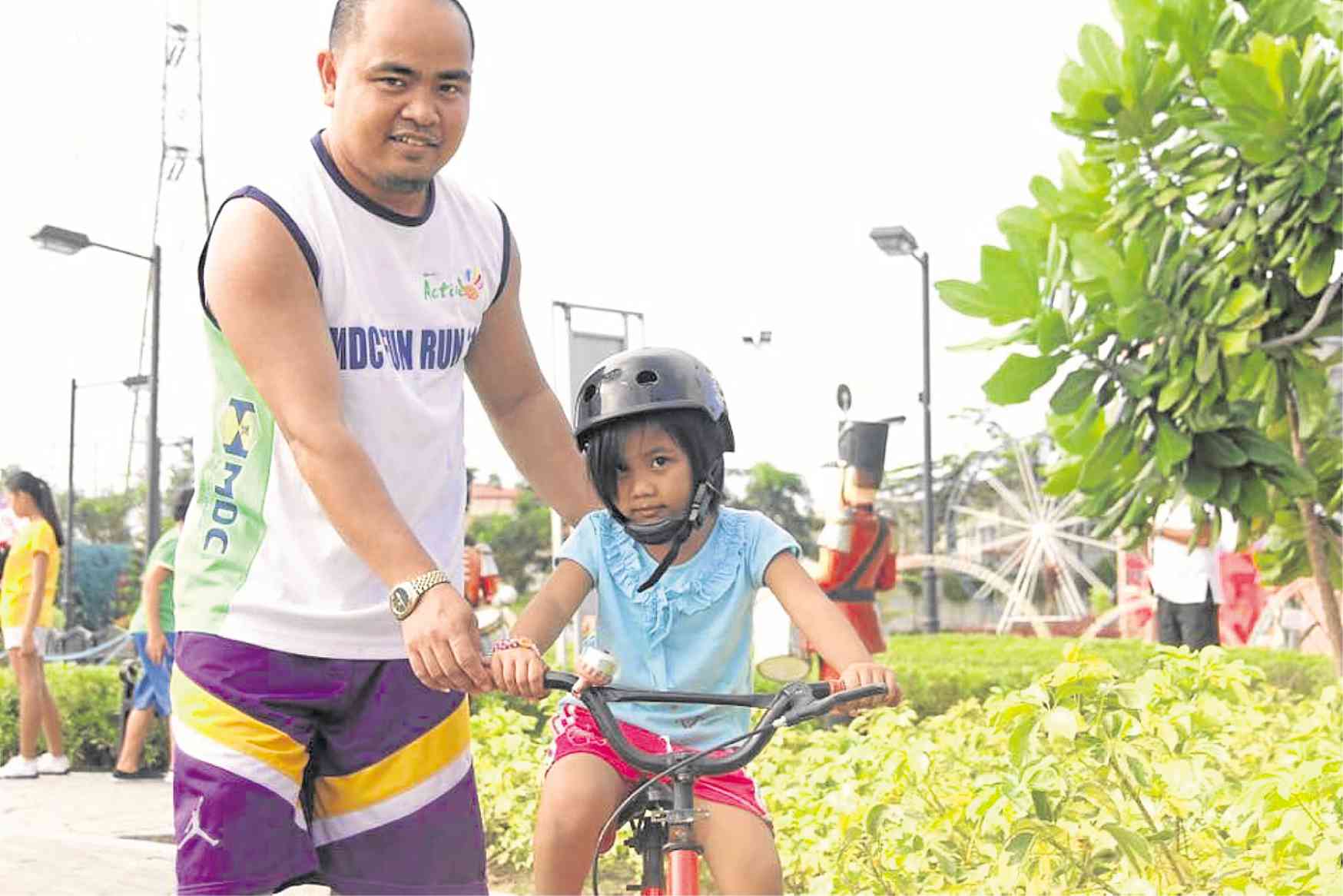Taguig turns trash dumps into inviting havens for games, greens

‘PROBINSYUDAD’ Two areas developed by the local government in Lower Bicutan, Taguig City—the Integrated Urban Farm and TLC Park—are designed to retain a rural feel amid urban spaces. —PHOTOS COURTESY OF TAGUIG CITY GOV’T
Bustling Taguig wants to be known as a “probinsyudad” or, as Mayor Lani Cayetano puts it, a city that has struck a balance “between modernization and tradition, advancement and the environment, the urban and rural.”
To reach this goal, the city government has turned two abandoned dumps into “places of engagement or showcases of livability.”
In-city spaces
“You can carve out in-city spaces so you can take people’s minds off all the hustle and bustle, and provide them a place to slow down, breathe deep and appreciate life,” Cayetano said in a statement.
The abandoned dumps, both located at Barangay Lower Bicutan, now host the Taguig Lakefront Community (TLC) Park and Taguig Integrated Urban Farm.
Article continues after this advertisementLocated on C-6 Road, the 600-sqm TLC Park has become the go-to place since it opened in 2014 for the different activities it offers to residents and nonresidents.
Article continues after this advertisementOpen daily from 7 a.m. to 9 p.m., it serves as a playground for children, a place where movies are sometimes shown free of charge, and a meeting place for students who need to practice for a play or dance number.
The park, which has a basketball court, also offers daily afternoon classes to children on basic literacy, good manners, in addition to singing and dancing.
According to Maria Anabelle Santos, Taguig Manpower Training Center officer in charge, TLC Park is a place “where every visitor, regardless of their social status, can enjoy themselves [in the] company of their families or friends.”
Vertical farming
On the other hand, the Taguig Integrated Urban Farm, a 250-sqm farm beside Laguna de Bay, opened in December 2017.
It showcases and offers classes on farming methods available to city dwellers: vertical farming, wooden rack and pole gardening.
Orchidarium
The urban farm also has an orchidarium surrounded by fruit-bearing trees and vegetables such as tomato, eggplant, okra, lettuce, cabbage and mustard, among others.
“Our produce usually goes to the feeding programs conducted by our local government and, in some cases, to different institutions like Bahay Pag-Asa youth center and the Bureau of Jail Management and Penology,” said City Agriculture Office head Emelita Solis.
